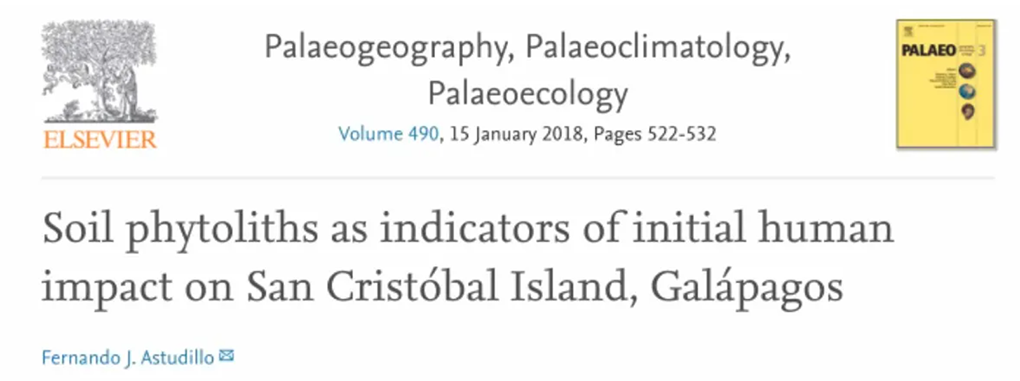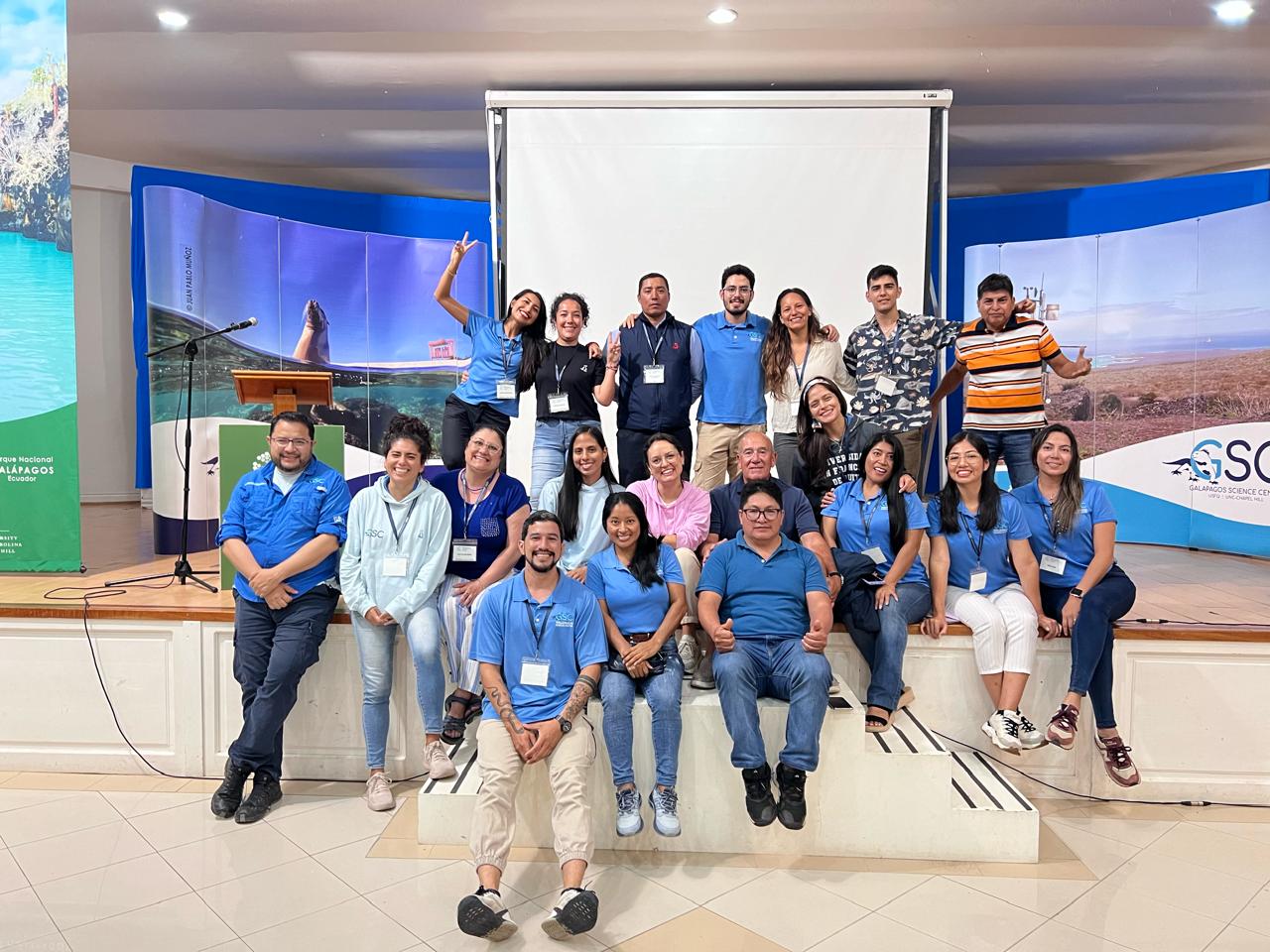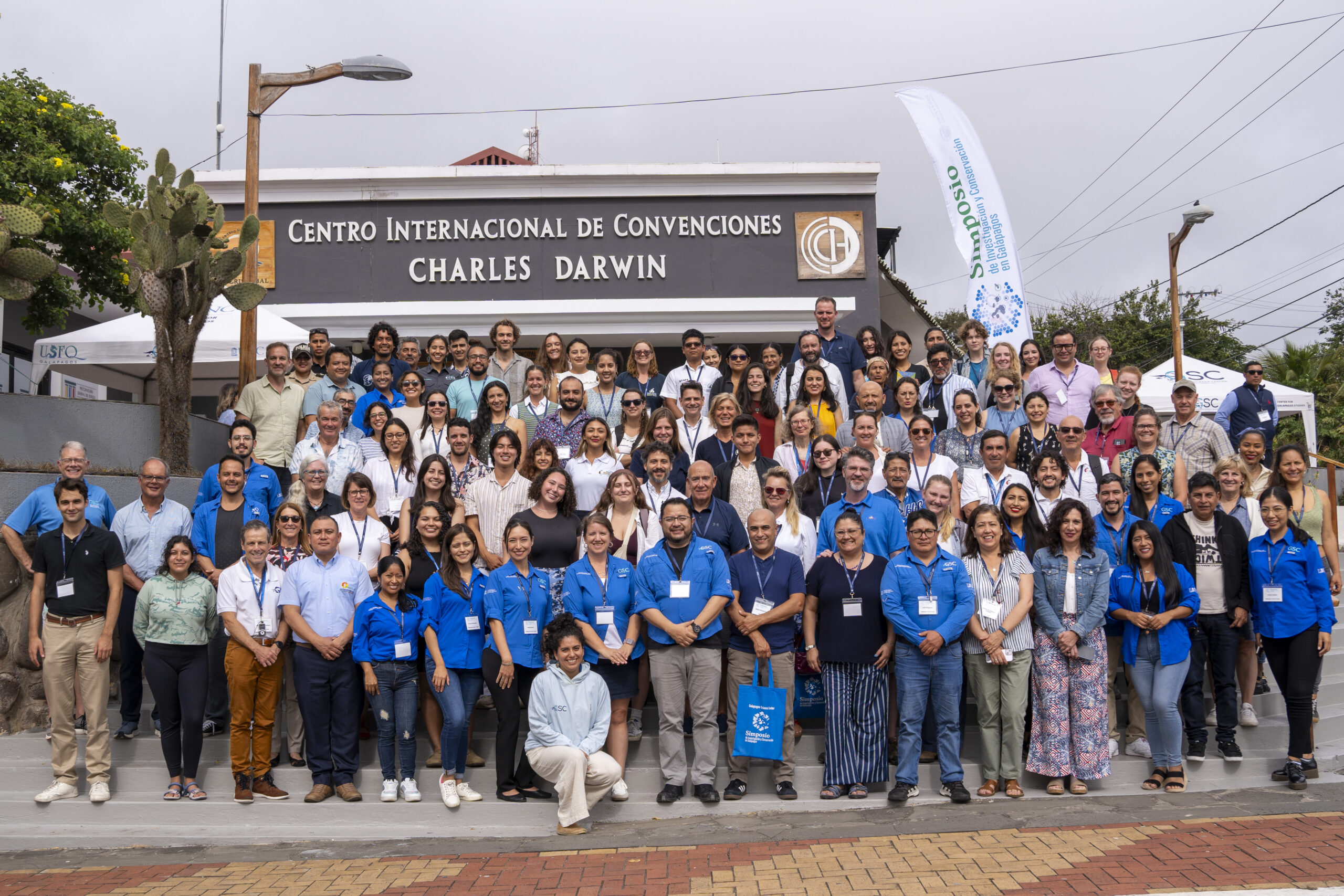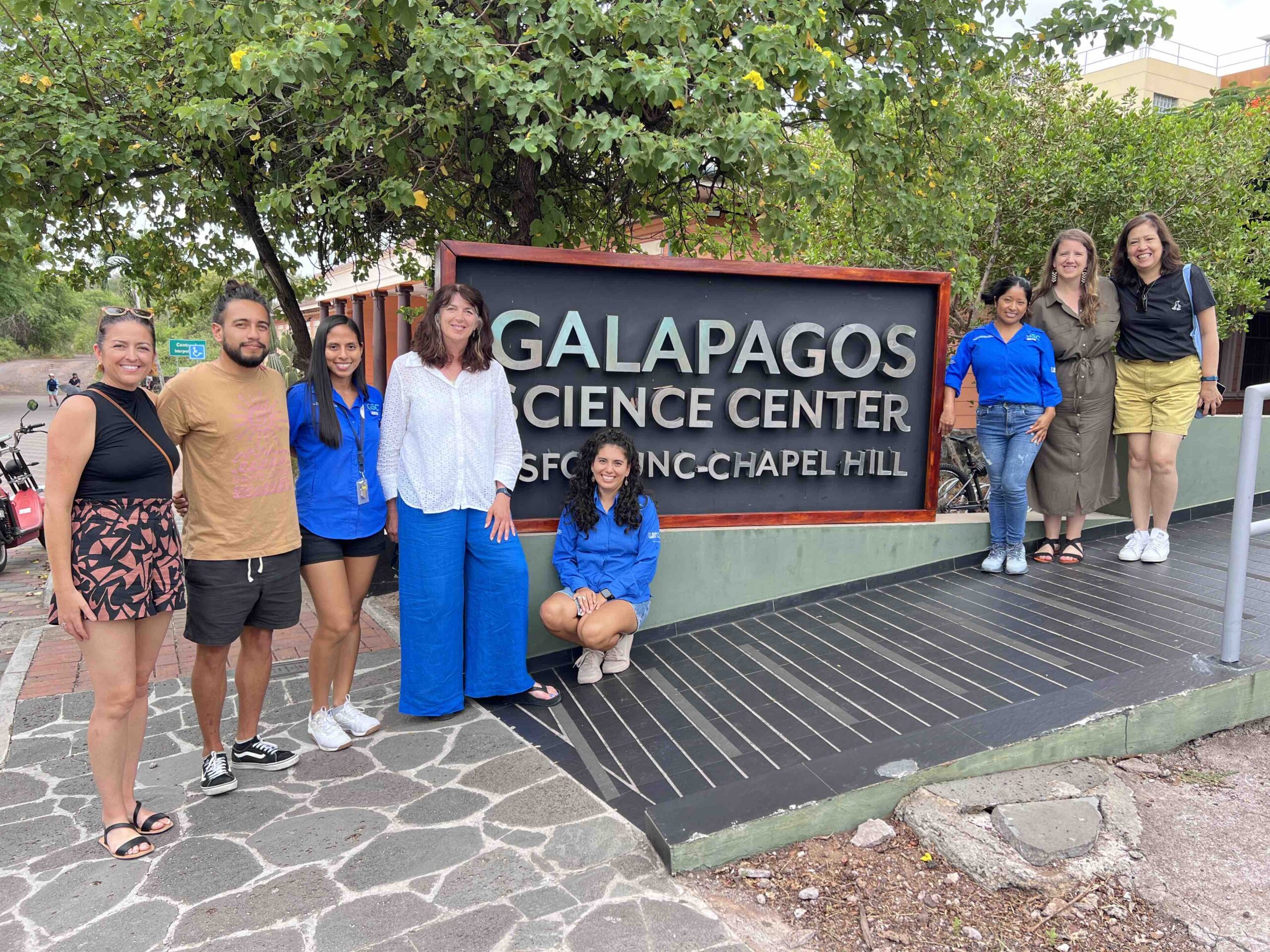Resumen
Analice los fitolitos de los perfiles de suelo en la Isla San Cristóbal en las Islas Galápagos para determinar si el impacto humano histórico y la dinámica de la vegetación reciente son visibles en el registro fitolítico. Extraje fitolitos de muestras de suelo tomadas de cuatro pozos de prueba ubicados en la aldea, un campo abandonado, un bosque y un campo agrícola activo, todos ubicados dentro de la antigua plantación El Progreso (AD 1860-1920). Los cambios en la proporción de fitolitos de árboles a fitolitos de pastos con la profundidad en las cuatro muestras sugieren cambios en la composición de la vegetación de bosques a vegetación abierta dominada por pastos, lo que refleja la eliminación de los bosques con la colonización y la primera ocupación humana permanente del archipiélago a mediados del siglo XIX. Este documento muestra que los cambios en la vegetación provocados por la colonización y la tala de tierras para plantaciones están documentados en el registro fitolítico del suelo y sugiere que los fitolitos pueden ser utilizados como indicador de cambios en la vegetación pasada en trabajos futuros sobre la ecología histórica del archipiélago de Galápagos.
Conoce más en el enlace.






